This is part three of a three part series from Distributed Energy Clearinghouse. Read part one: The roots of DER markets: How federal policy opened the grid and part two: Data is power: Why technology is the backbone of DER integration
Distributed energy and virtual power plants
Many ISOs and utilities now allow customer loads to act as grid resources through demand response. These require participants to demonstrate the ability to curtail load or export power within defined
performance parameters, supported in many cases by event responsiveness evaluation, revenue-grade metering, real-time telemetry, and remote dispatch controls. Verification testing is typically mandatory before enrollment. VPPs aggregate small DERs, both curtailable load and generation, across sites. These aggregations must meet stringent performance, visibility, and controllability requirements, despite being geographically dispersed.
In New York, the NYISO DER Aggregation Program allows multiple small resources (≥100 kW aggregated) to participate in energy, capacity, and ancillary service markets. Each aggregation must be capable of 5-minute dispatch, provide 1-second telemetry to NYISO via a direct communication pathway, and meet ICAP metering standards. Baseline performance metrics and auditing are enforced to maintain reliability.
The California ISO supports DER participation through its Proxy Demand Resource and Distributed Energy Resource Provider frameworks. PDR enables load curtailment participation, while DERP allows aggregated generation and storage.
Participants must supply real-time telemetry every 4 seconds, support automated dispatch, and demonstrate 10-minute start times for contingency services. Compliance with NERC’s telemetry protocols, resource adequacy validation, and consistent performance reporting are integral to market access.
PJM has developed a DER Aggregation Participation Model, allowing aggregations to participate in capacity markets, with plans to expand to energy and ancillary services markets by 2028. Individual resources must register via a DER Aggregator (similar to a CSP for DR) to participate in the PJM Markets. An individual Component DER (one premise) may be no greater than 5 MW. A DER Aggregation Resource must comprise one or more Component DER and be at least 0.1MW.
Aggregation Resources may participate in PJM’s capacity, energy and ancillary services markets under the rules for an aggregation once available. Aggregation Resources may begin participating in PJM’s capacity market as of the 2028/2029 BRA, to be held in May 2026. PJM proposed a February 1, 2028 effective date for the full DER energy and A/S market participation model. The proposal is still pending before FERC.
ERCOT’s VPP Pilot is evaluating similar pathways for aggregated DERs with telemetry and dispatch capabilities to enable eventual wholesale market participation.
Qualification processes
Generally speaking, the qualification process for DERs involves several key steps:
- Registration: Individual DER owners or aggregators must register with the relevant ISO/RTO, providing detailed information about their assets.
- Interconnection Agreements: Depending on size and characteristics, certain DERs must establish interconnection agreements with local utilities, ensuring safe and reliable integration into the grid.
- Compliance with Technical Standards: Depending on technology and size, certain DERs must meet specific technical requirements, including metering accuracy, telemetry capabilities, and response times.
- Market Participation Agreements: Aggregators must enter into agreements that define their roles, responsibilities, and compliance obligations within the market.
These processes are designed to ensure that DERs can reliably contribute to grid operations and market activities.
Technical requirements
DERs often must meet specific technical requirements to ensure they can reliably contribute to grid operations:
- Performance Testing: DERs must demonstrate their ability to deliver services as committed, often through standardized testing protocols.
- Metering Accuracy: Revenue-grade metering with high accuracy is required to ensure precise measurement of energy production and consumption.
- Response Times: DERs must be capable of responding to dispatch signals within specified timeframes, which vary depending on the service provided.
- Communication Protocols: Standardized communication interfaces are necessary for real-time data exchange between DERs, aggregators, and grid operators.
These technical standards are critical for maintaining grid reliability and ensuring fair market participation.
Details of DER qualification processes in NYISO and CAISO
Two markets that are seeing robust growth in DERs and are active in rulemaking and programs that encourage DERs and their aggregation, albeit with somewhat different approaches.
NYISO
NYISO has established a comprehensive framework for evaluating, certifying, and qualifying DERs and their aggregations for participation in wholesale energy markets. This process involves interconnection, registration, enrollment, and operational integration, ensuring that both individual DERs and aggregators meet stringent reliability, safety, and market participation standards.
Interconnection and eligibility – Before enrolling, each DER must be appropriately interconnected. Interconnection can be achieved via the NYISO Small Generator Interconnection Procedure (the SGIP) or through approved non-NYISO mechanisms like the New York State Standardized Interconnection Requirements or SIR.
DERs must complete interconnection studies confirming injection/withdrawal capabilities and operating characteristics. Facilities larger than 2 MW seeking capacity market participation must also obtain Capacity Resource Interconnection Service or CRIS.
Capacity thresholds – DERs must meet minimums – each individual asset within a DER must be capable of at least 10 kW for injection, withdrawal, or demand reduction. Certain resource types (e.g., PURPA units, municipally owned generators) are ineligible unless reclassified as standard generators.
Aggregator and aggregation registration – market participants managing groups of DERs—must register with NYISO, complete a Customer Registration Packet, and provide 24/7 operational contacts. Depending on their telemetry setup, Aggregators may need to submit infrastructure plans for direct communications. Following registration, they gain access to the NYISO Aggregation System, a platform for managing DERs and their groupings.
Facility and aggregation enrollment – this is a multi-step process. Aggregators first request a unique Aggregation ID linked to a specific Transmission Node. Then, they enroll individual DER facilities by submitting detailed operational data and documentation for each DER, including interconnection agreements, load reduction plans, and performance characteristics.
Each DER must be assigned to only one Aggregation and may not participate in other NYISO programs concurrently (e.g., SCR or EDRP). Aggregators submit all enrollment documentation through the Aggregation System. This initiates a multi-tiered review process.
Review and certification – following submission, the enrollment undergoes a dual review. First, the applicable Distribution Utility (DU) evaluates each DER’s potential impact on distribution system safety and reliability. This review includes validation of operating characteristics and interconnection compliance and must be completed within a 60-day window, though extensions may occur.
Once the DU approves the DER, NYISO conducts a 30-day final review. This includes verification of telemetry and metering configurations, evaluation of declared MW capabilities, and readiness to provide energy, capacity, and ancillary services. Telemetry testing between the Aggregator, Transmission Owner (TO), and NYISO is mandatory to ensure real-time communication capability.
Market qualification and updates – upon successful review, the DER and Aggregation are certified and enrolled for market participation. Aggregators may then offer services into NYISO markets. Aggregations are treated as dispatch-only resources and must meet ongoing performance, telemetry, and market offer requirements. Material changes to DERs or Aggregations trigger re-review by both the DU and NYISO.
CAISO
CAISO’s DERP program facilitates the aggregation of DERs to participate in wholesale energy markets. These DERs can respond to ISO schedules, awards, or dispatches and contribute to grid reliability and the integration of renewables.
To join the program, a DERP must first execute a Distributed Energy Resource Provider Agreement (DERPA). This contract binds the DERP to CAISO’s tariff requirements and mandates compliance with local Utility Distribution Company (UDC) rules and regulations, along with any oversight by the Local Regulatory Authority (LRA).
Participation requires completion of multiple requirements:
- Information submission – an Information Request Sheet must be filled and submitted to CAISO.
- DERPA execution – CAISO reviews the request, after which the DERPA is electronically executed via DocuSign.
- Scheduling coordinator assignment – a certified Scheduling Coordinator, or (SC, must be engaged. The DERP can either become certified (a 120-day process) or partner with an existing SC.
- System access and training – DERPs must evaluate and obtain the necessary system access and market training for market operations.
- Coordination with the UDC – a transmittal letter and supporting documentation must be developed and sent to the UDC/MSS, initiating a 30-business-day review. This step helps identify and resolve any issues in advance of full on-boarding.
Once these are complete and accepted, the DERP proceeds with New Resource Implementation (NRI), during which the DERA project is registered and assigned a Resource ID.
Technical Requirements for DER Aggregations (DERAs)
DERAs, the key operational unit in this program, must meet a set of strict guidelines:
Aggregation Rules:
- Each DERA must consist of one or more DERs.
- Individual DERs may only participate in one aggregation and cannot participate in the CAISO market independently.
- DERs in retail net energy metering programs may not join a DERA unless their program explicitly permits wholesale participation.
Capacity & Location Constraints:
- Each DERA must have a rated capacity of at least 0.5 MW.
- If DERs within a DERA are located at multiple pricing nodes, or PNodes, the total capacity must not exceed 20 MW.
- All DERs in a DERA must be located within the same Sub-LAP (Local Aggregation Point).
Metering and Dispatch Compliance:
- DERAs must be Scheduling Coordinator Metered Entities and must respond accurately to dispatch instructions and meet CAISO’s net response requirements.
- Individual DERs in the aggregation must have a rated capacity of less than 1 MW, and any unit 1 MW or above must register as a participating generator instead.
Data and auditing:
- The SC must ensure delivery of Settlement Quality Meter Data (SQMD) and is responsible for annual self-audits following CAISO’s metering protocols.
As one can observe, the basic concepts of qualification and participation in a DER aggregation are similar, but each market, as those above, has its own specific parameters, processes and documentation. Energy users who seek to participate in any market and certainly in multiple markets would do well to consider outside expertise to navigate these complex processes.

Richard Zdunkewicz is co-founder and CEO of Distributed Energy Clearinghouse®, a Power Grid Resilience Fintech company that provides advanced analytics of the distributed energy value stack and DER investments in all markets across the United States. Distributed Energy Clearinghouse® provides its products and services to project developers, consultants and end users.
Richard has more than 25 years of experience working in the Grid Edge environment on both the demand and supply side. Before founding Distributed Energy Clearinghouse® Richard was Vice President, Consulting for Wood Mackenzie, a global research and consultancy firm. Richard’s work experience also includes management roles at Acclaim Energy, Sempra Energy and Centrica.
The views and opinions expressed in this article are the author’s own, and do not necessarily reflect those held by pv magazine.
This content is protected by copyright and may not be reused. If you want to cooperate with us and would like to reuse some of our content, please contact: editors@pv-magazine.com.
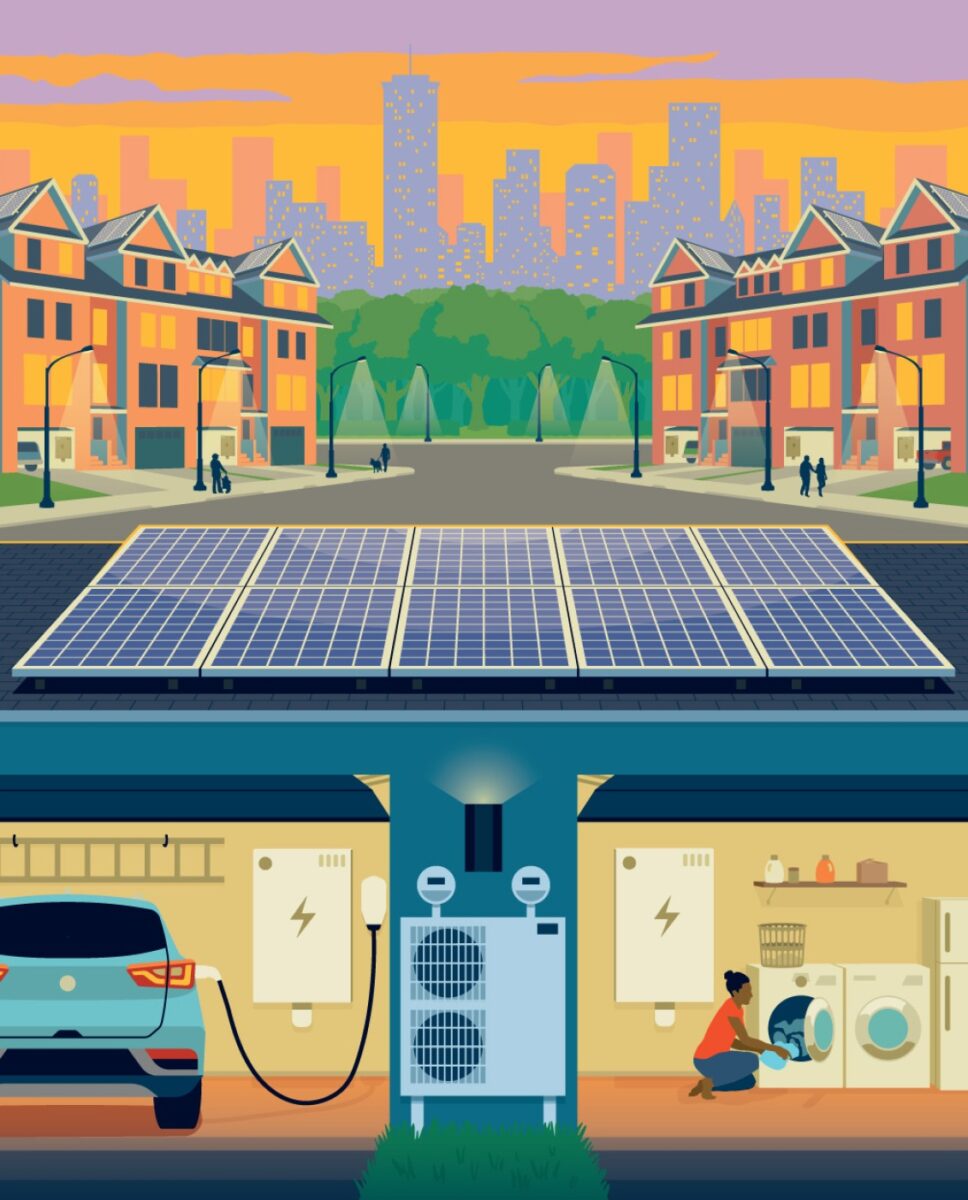
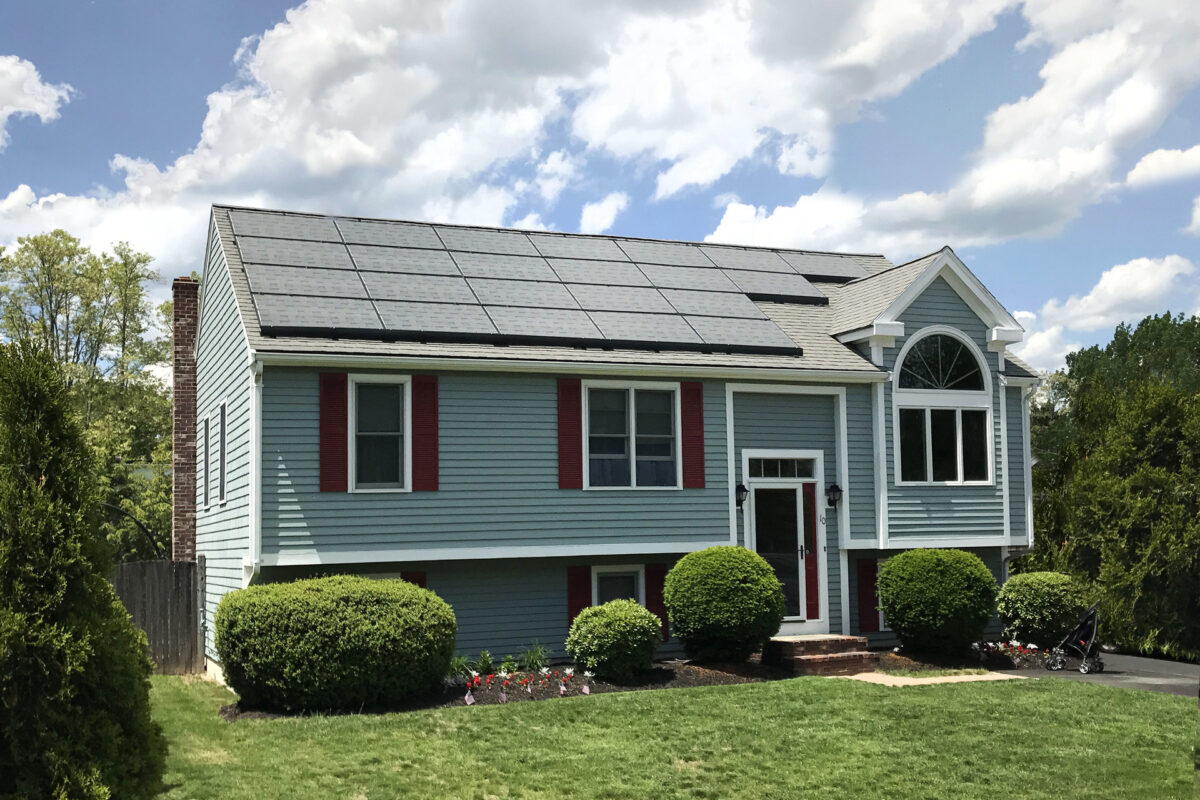

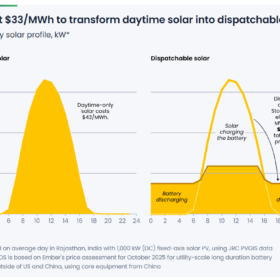

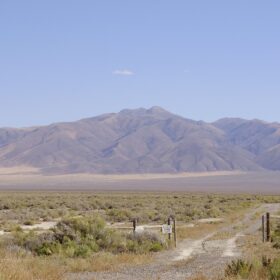

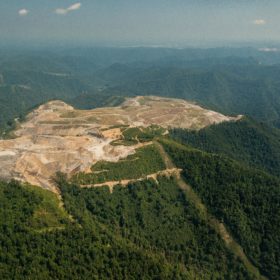
By submitting this form you agree to pv magazine using your data for the purposes of publishing your comment.
Your personal data will only be disclosed or otherwise transmitted to third parties for the purposes of spam filtering or if this is necessary for technical maintenance of the website. Any other transfer to third parties will not take place unless this is justified on the basis of applicable data protection regulations or if pv magazine is legally obliged to do so.
You may revoke this consent at any time with effect for the future, in which case your personal data will be deleted immediately. Otherwise, your data will be deleted if pv magazine has processed your request or the purpose of data storage is fulfilled.
Further information on data privacy can be found in our Data Protection Policy.